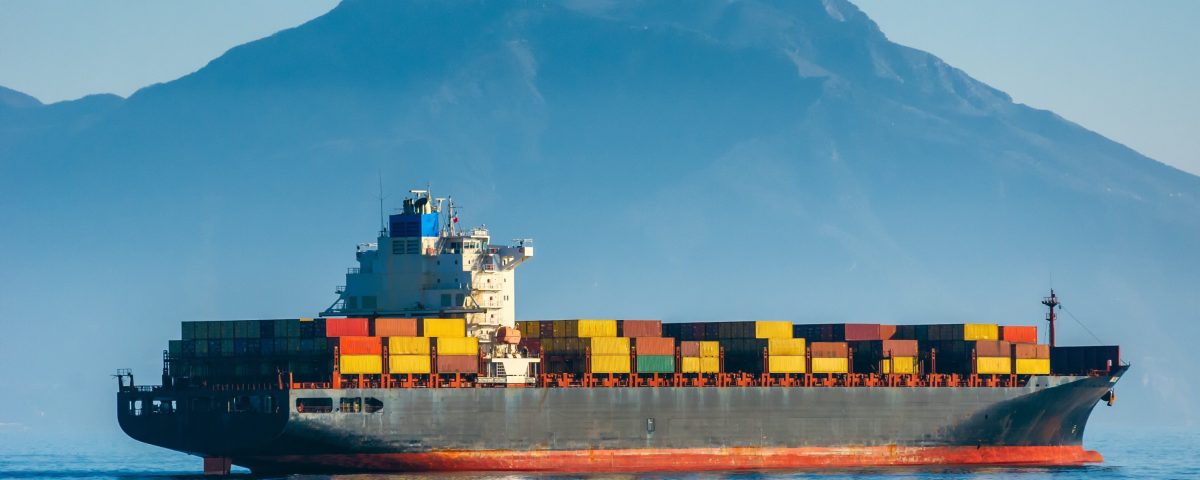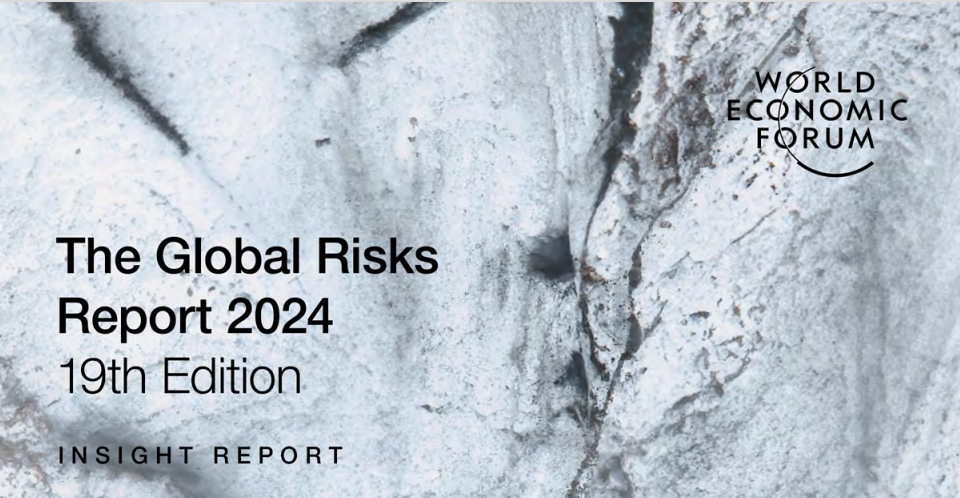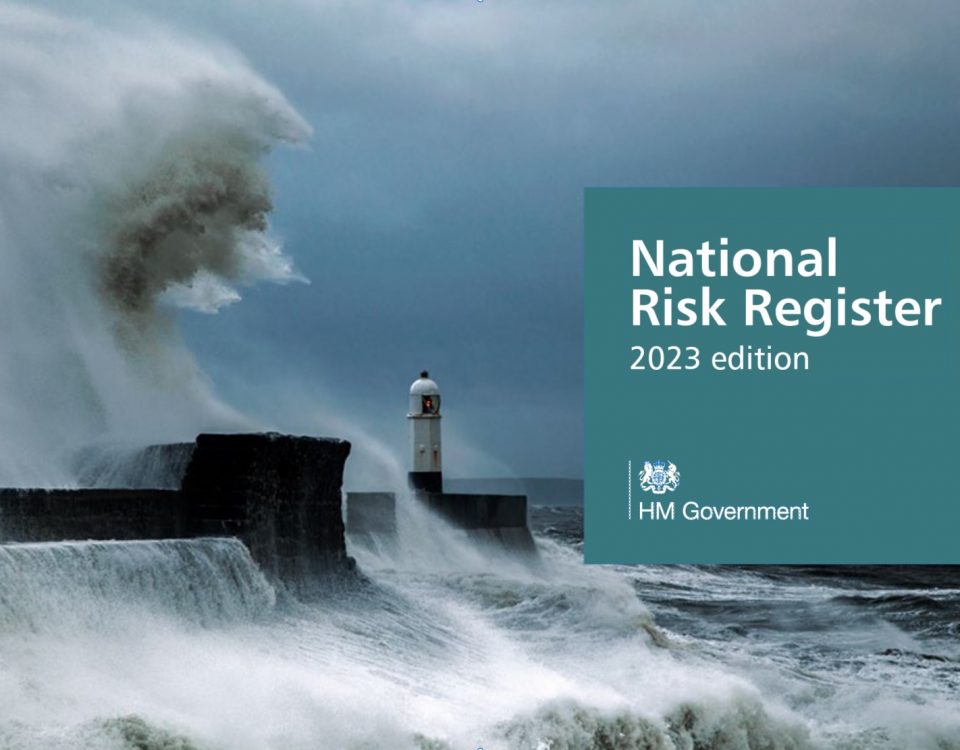How can your business assess its vulnerabilities and mitigate against the domino effect?

Fire-proofing for a hard insurance market
29th March 2021A new report, published in February by the environmental transparency charity CDM, estimated that costs to supply chains thanks to environmental risks could reach £86BN in the next five years. The findings, based on 8,000 supplier company disclosures in 2020, suggest that manufacturing, food and drinks, agriculture and energy will be hardest hit.
The supply chain issue connects to topics away from the environment, too. This article, by the specialist website Supply Chain Dive, examines retail. It describes COVID-19 as a “wake-up call” and encourages organisations to “be agile and take risk seriously.” Elsewhere, research by the business insight firm Gartner has shown that 87% of supply chain managers plan to invest in resilience in the next two years.
It is in this context that our partners at the BCI recently released their 2021 Supply Chain Resilience Report. It is a really important document. (They are running an event about the impact of COVID-19 on supply chains on April 15th 2021 at 3pm, for those who can make it – you can sign-up here).
All of these pieces of analysis and research reflect the risks to global networks exposed by COVID-19. The virus has made it clear that potential domino effects could occur if one or two links in supply networks fail. However strong your own resilience and scenario-planning is, you are reliant on a web of other organisations having also taken the necessary steps. If they fail, you fail.
A project with one of our biggest clients focused on exactly this challenge. We worked with them to create a dashboard of potential vulnerabilities across their purchasing network. The aim was to identify potential weaknesses within supply chains, helping suppliers to improve their own resilience where appropriate. In an interconnected world, we believe holistic approaches like this will increasingly become the ‘gold standard’.
The truth, after all, is that you are only as resilient as the weakest link in your supply chain. In beginning to think about this, here are some important initial questions to consider:
- How many single source suppliers do you use?
- Are your supplies sourced locally or globally?
- How resilient are your suppliers themselves?
- Are your suppliers reliant on supply chains of their own?
The key things are that you understand your sourcing model, look to strengthen it wherever possible and are able to react quickly to any failures. Most importantly of all, keep in mind that improving and reinforcing your supply chains and those of the suppliers you use will ultimately build resilience within your own organisation.
Mike Smith is a Senior Consultant at Horizonscan.




